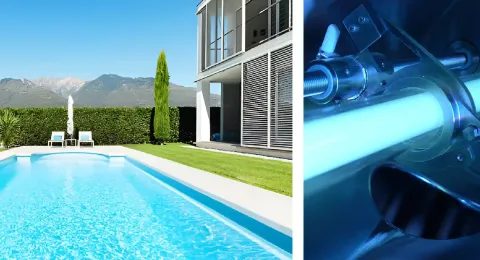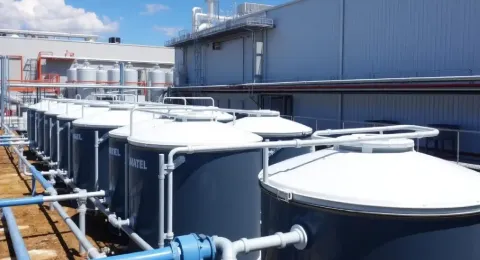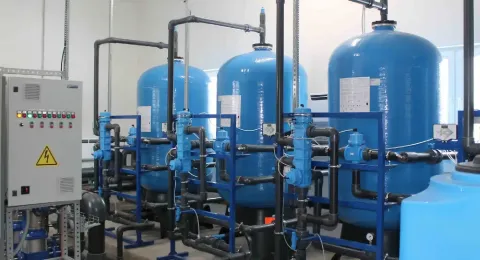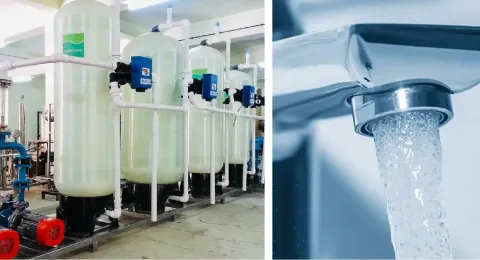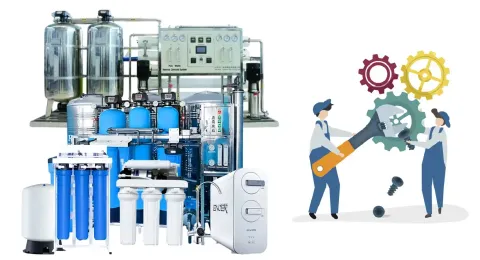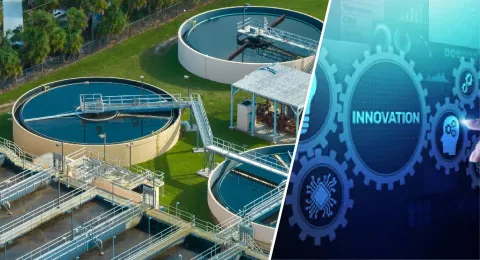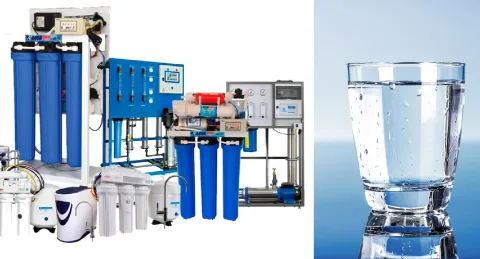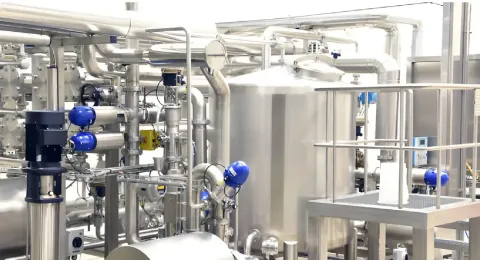Rainwater
harvesting (RWH) is increasingly regulated and incentivized by governments and
local authorities to promote water conservation and sustainable resource
management. Adhering to these regulations ensures legal compliance, maximizes
efficiency, and safeguards water quality. Here’s a guide to understanding the
regulatory framework and compliance requirements for rainwater harvesting:
1. Global and National Guidelines
- United
States:
- Regulations
vary by state; some states (e.g., Colorado, Utah) have strict rules on
water rights and harvesting.
- Many
states, such as Texas and Arizona, encourage RWH through rebates and tax
incentives.
- India:
- Rainwater
harvesting is mandatory in several states (e.g., Tamil Nadu, Karnataka)
for new buildings and large properties.
- Central
Ground Water Authority (CGWA) provides guidelines to integrate RWH with
groundwater recharge.
- Australia:
- National
Construction Code (NCC) outlines water efficiency requirements, including
RWH systems for certain buildings.
- State-level
regulations often mandate RWH for new developments.
- European
Union:
- Water
Framework Directive encourages rainwater use to reduce pressure on
freshwater sources.
- Local
rules apply for system design and implementation.
2. Permitting Requirements
- Building
Permits:
- Many
jurisdictions require permits for installing RWH systems, especially
large-scale or commercial setups.
- Plans
may need to include system design, storage capacity, and intended use.
- Environmental
Permits:
- Large-scale
systems that affect stormwater runoff or groundwater recharge may require
environmental impact assessments.
- Water
Rights:
- In
some regions, rainwater is considered part of a watershed's shared
resource, requiring permission to harvest.
3. Design and Installation Standards
- Catchment
Area Requirements:
- Rooftops
or other collection surfaces must comply with structural and material
standards.
- Materials
should be non-toxic and impermeable to maximize water collection
efficiency.
- Storage
Tank Standards:
- Tanks
must meet structural integrity requirements to prevent leaks or
contamination.
- Overflow
systems should direct excess water to approved drainage or recharge
points.
- Plumbing
Codes:
- Plumbing
systems must avoid cross-contamination with potable water supplies.
- Pipes
should be color-coded (e.g., purple for non-potable water) to prevent
misuse.
- Filtration
and Treatment:
- Pre-
and post-storage filtration must meet water quality standards for the
intended use.
4. Water Quality Standards
- Non-Potable
Uses:
- Water
quality for irrigation, cooling, or industrial applications must meet
specific turbidity and contamination limits.
- Potable
Uses:
- Harvested
rainwater for drinking must comply with national drinking water standards
(e.g., EPA, WHO guidelines).
- Advanced
treatment methods, including UV disinfection or RO, are typically
required.
7. Maintenance and Monitoring Requirements
- Regular
Inspections:
- Local
regulations may require periodic inspections to ensure systems remain
functional and safe.
- Water
Quality Testing:
- Mandatory
testing schedules may apply for potable water systems or groundwater
recharge.
- Record
Keeping:
- Maintenance
logs and water usage data may need to be submitted to regulatory
authorities.
8. Incentives and Subsidies
- Financial
Incentives:
- Many
regions offer subsidies, tax rebates, or grants for installing rainwater
harvesting systems.
- Examples:
- India:
Tamil Nadu and Delhi offer property tax rebates for compliant RWH
systems.
- Australia:
States like Queensland provide rebates for installing tanks and associated
infrastructure.
- Green
Building Certifications:
- Integrating
RWH systems contributes to certifications like LEED, BREEAM, or GRIHA,
which may provide additional incentives.
9. Compliance for Different Applications
|
Application
|
Compliance Requirements
|
|
Residential
|
Follow
local building codes; ensure non-potable water use adheres to plumbing
regulations.
|
|
Industrial
|
Obtain
permits for large-scale systems; meet quality standards for process or
cooling water.
|
|
Municipal
|
Ensure
systems comply with stormwater management laws and public health guidelines.
|
|
Agricultural
|
Use
approved storage and distribution systems; avoid overharvesting that impacts
watershed.
|
10. Challenges and Solutions
|
Challenge
|
Solution
|
|
Inconsistent
Regulations
|
Consult
local authorities or professionals to ensure compliance with specific
regional requirements.
|
|
High
Initial Costs
|
Leverage
government subsidies, tax rebates, and incentives to offset installation
expenses.
|
|
Water
Quality Concerns
|
Incorporate
advanced filtration and treatment technologies to meet stringent standards.
|
|
Maintenance
and Monitoring
|
Use
automated systems and IoT-enabled devices to simplify compliance and
maintenance tasks.
|
Key Benefits of Compliance
- Legal
Protection:
- Ensures
adherence to laws, avoiding fines or system deactivation.
- Enhanced
Efficiency:
- Properly
designed systems operate efficiently and meet intended water demands.
- Access
to Incentives:
- Eligible
for rebates, subsidies, and certifications by meeting regulatory
standards.
- Sustainability
Goals:
- Aligns
with broader environmental and sustainability objectives, enhancing
reputation.
Conclusion
Compliance
with rainwater harvesting regulations is essential for ensuring safe,
efficient, and legally approved system operations. By understanding and
adhering to these standards, users can maximize the benefits of rainwater
harvesting while contributing to sustainable water management.





